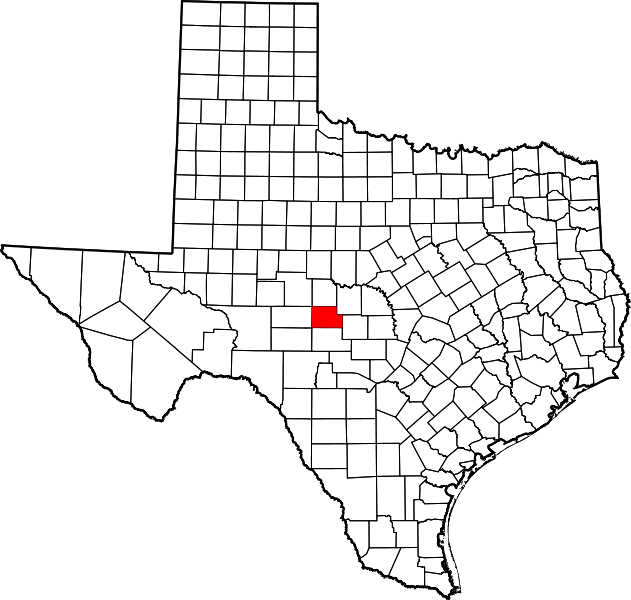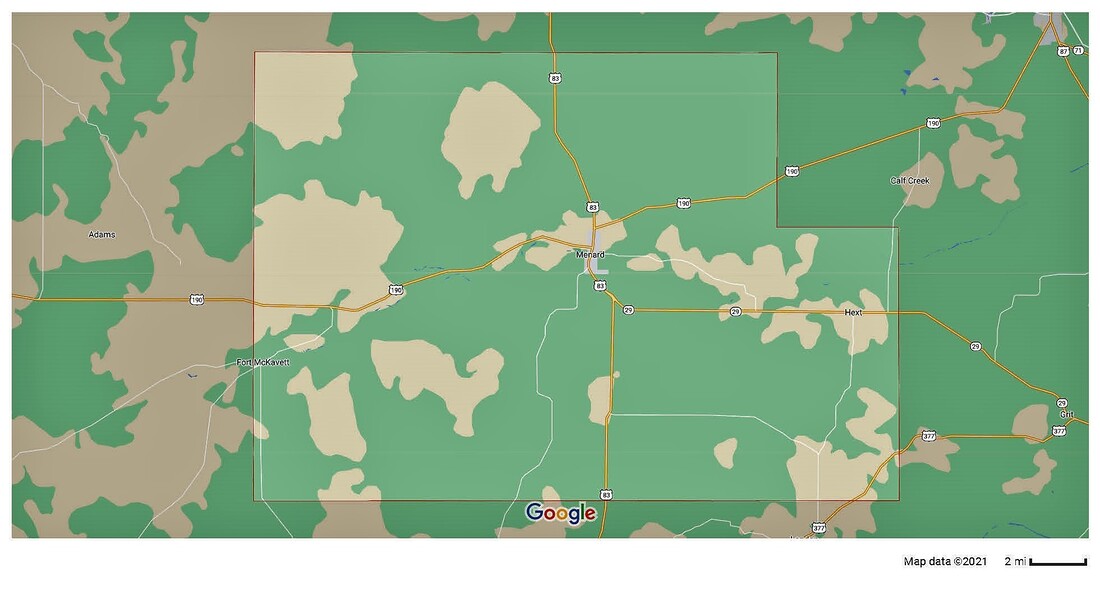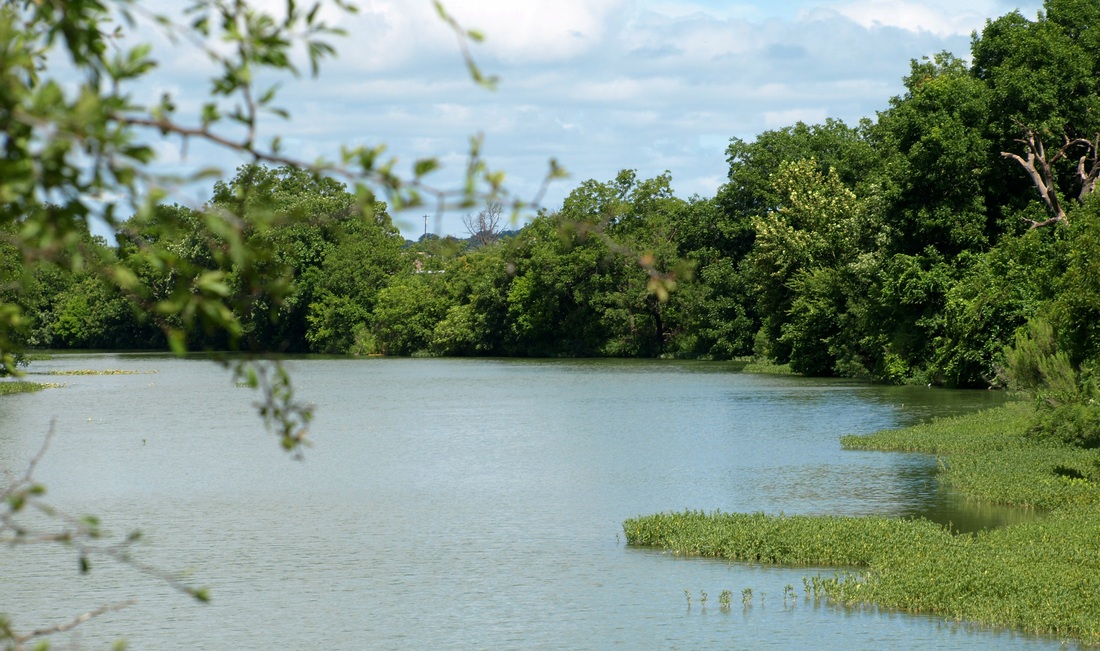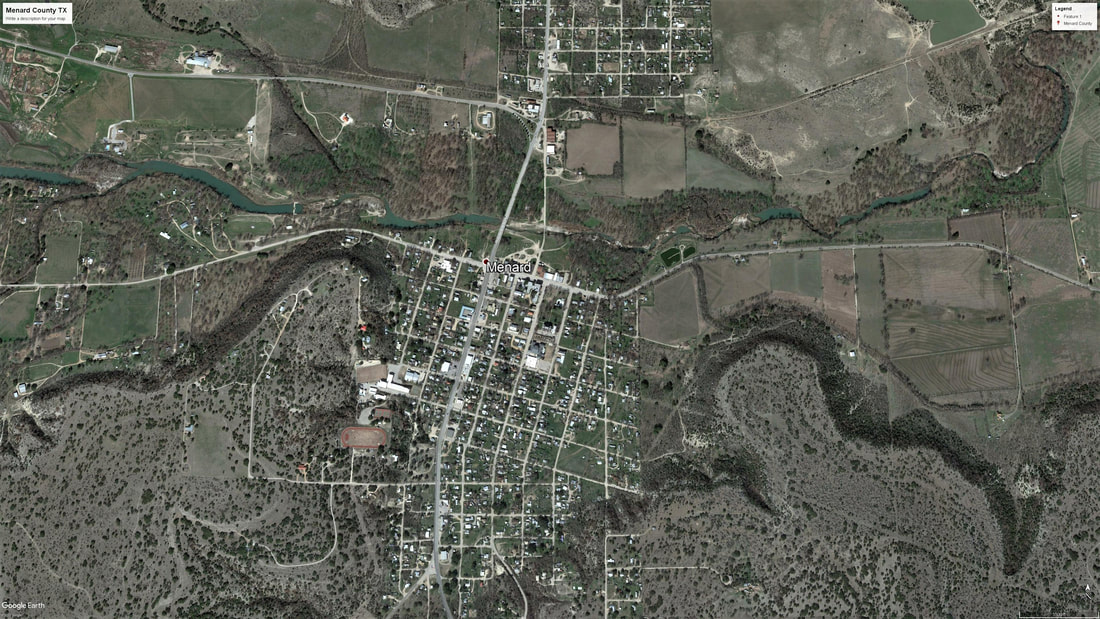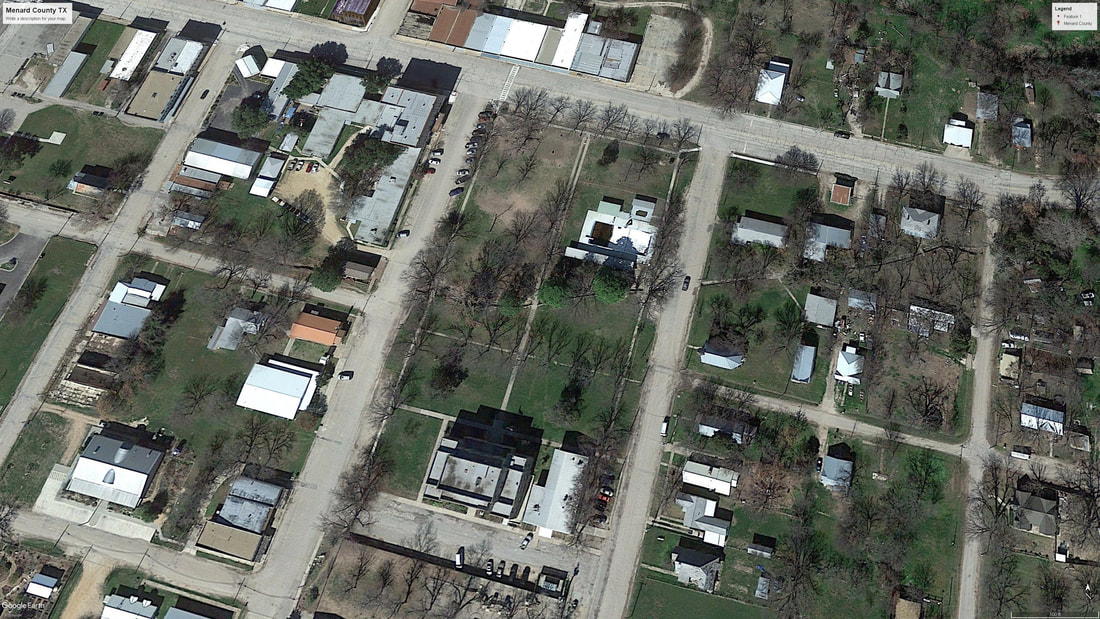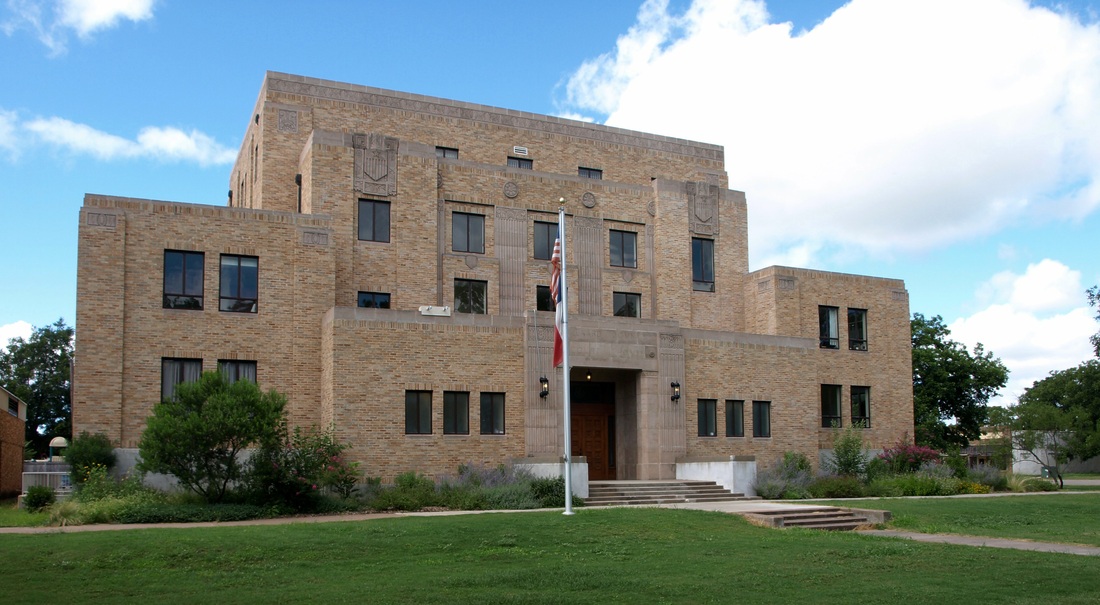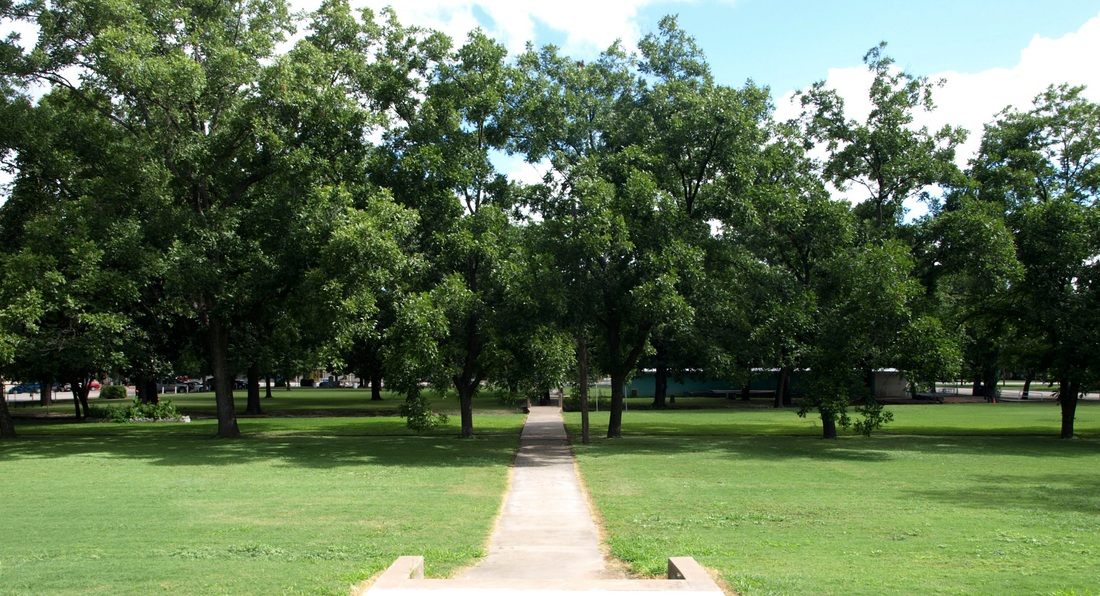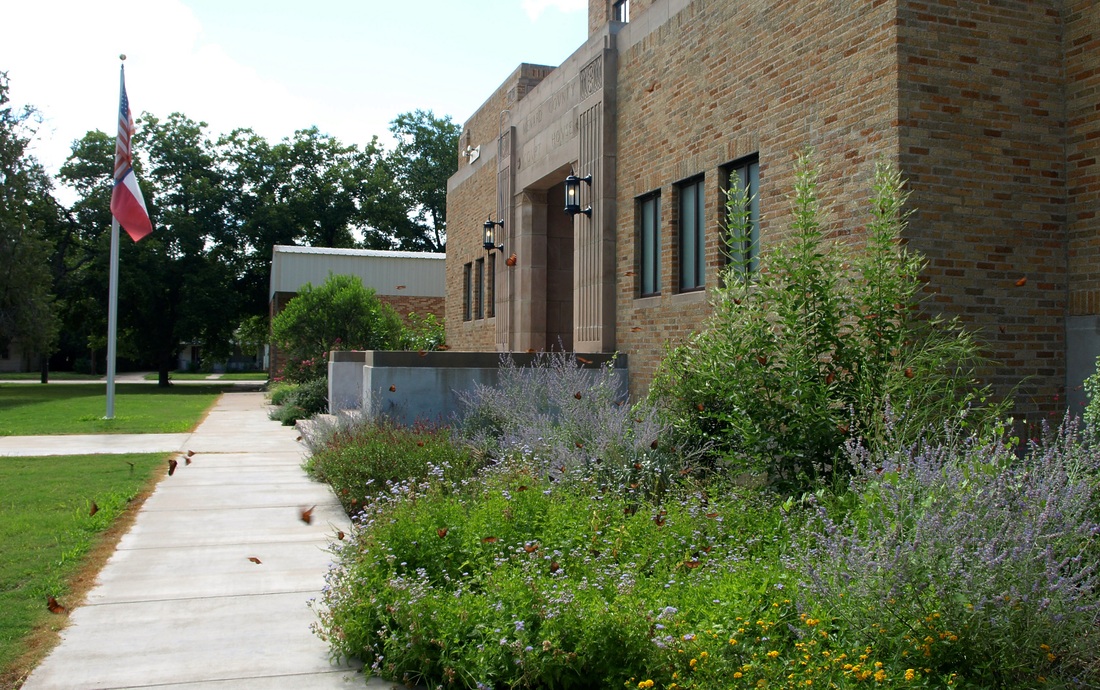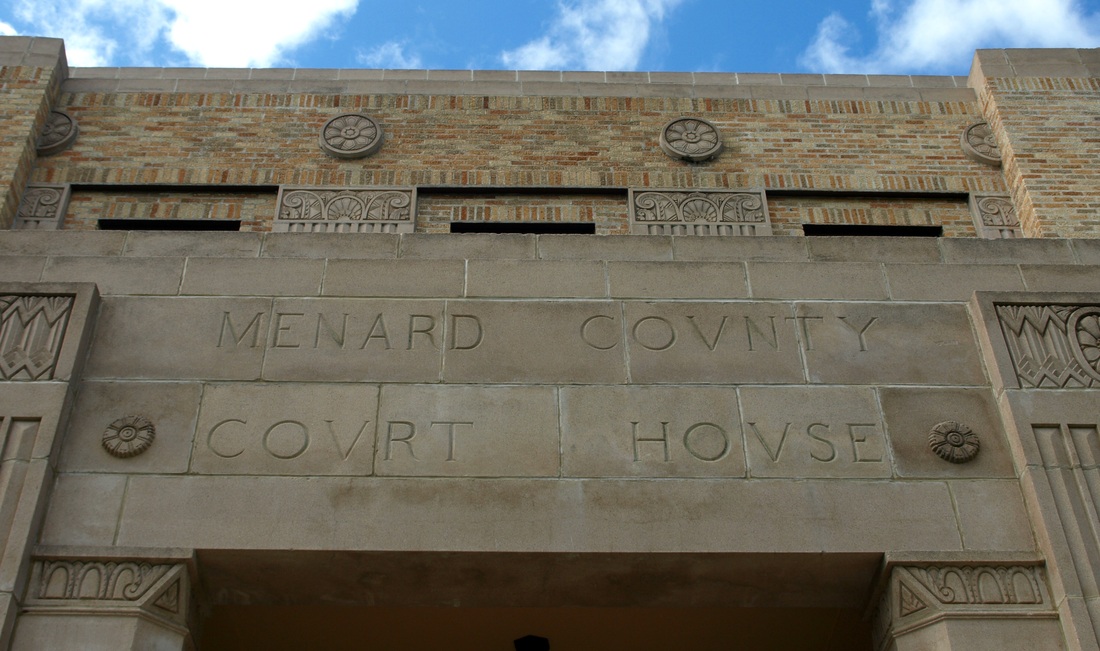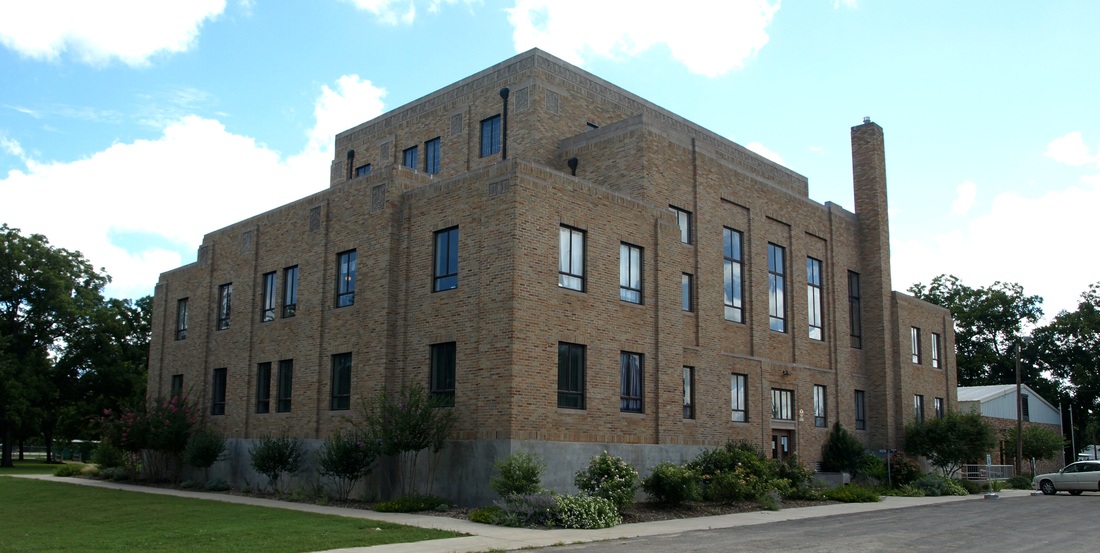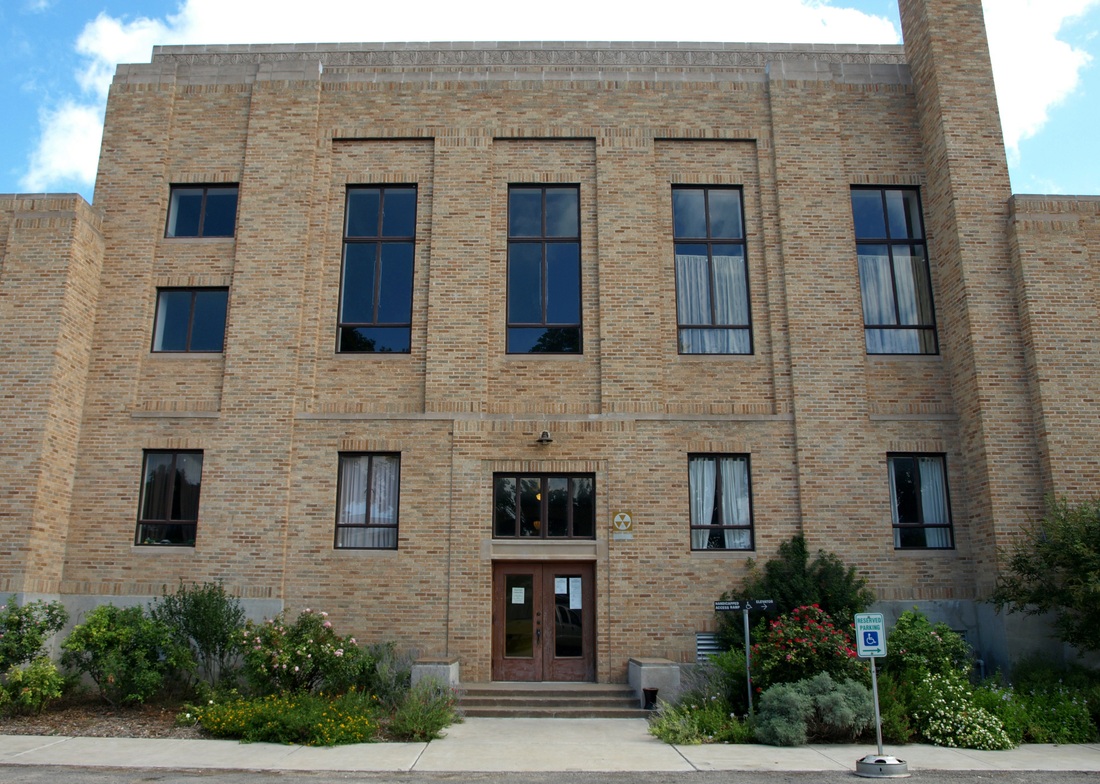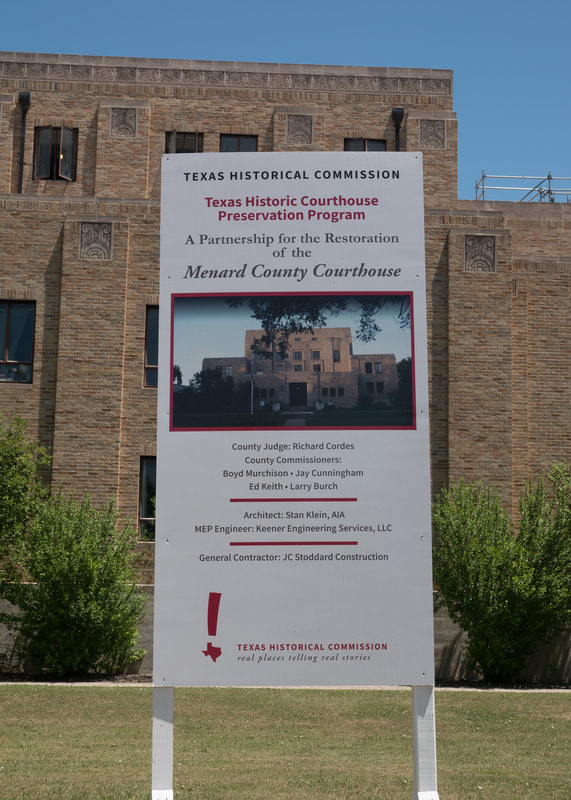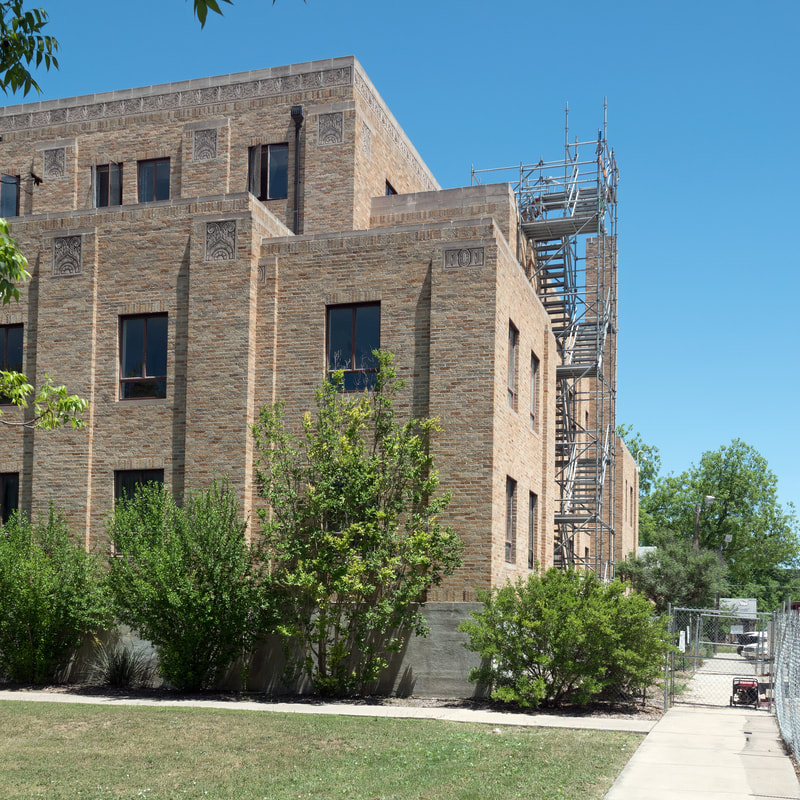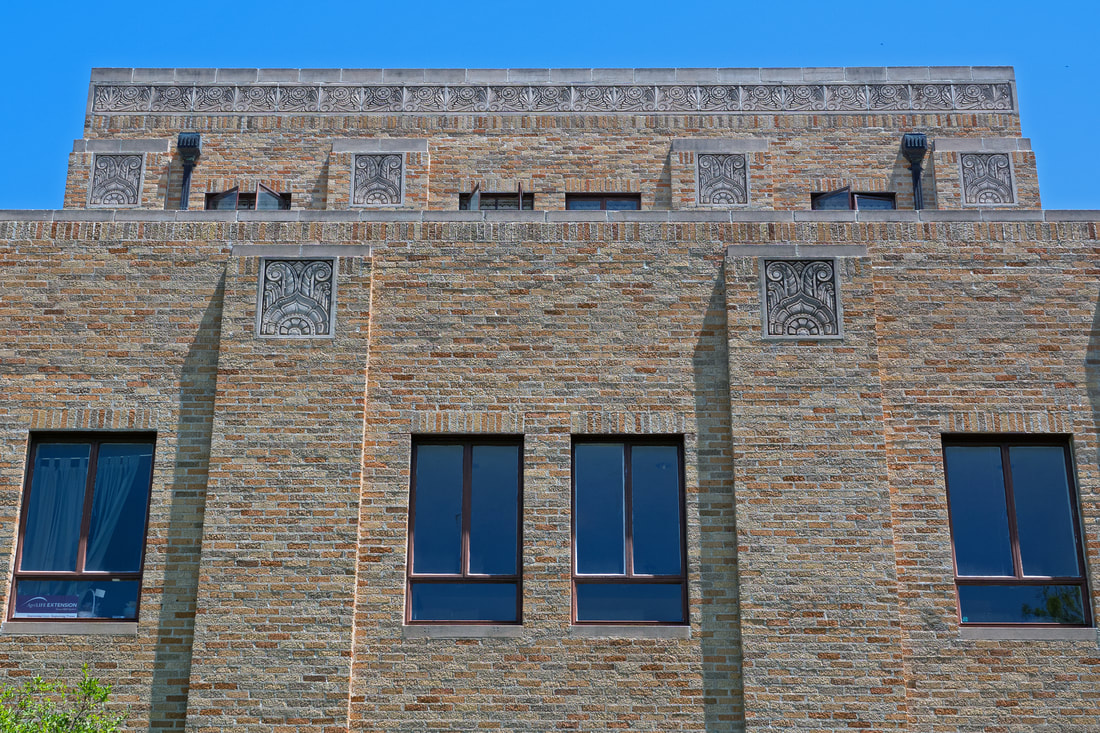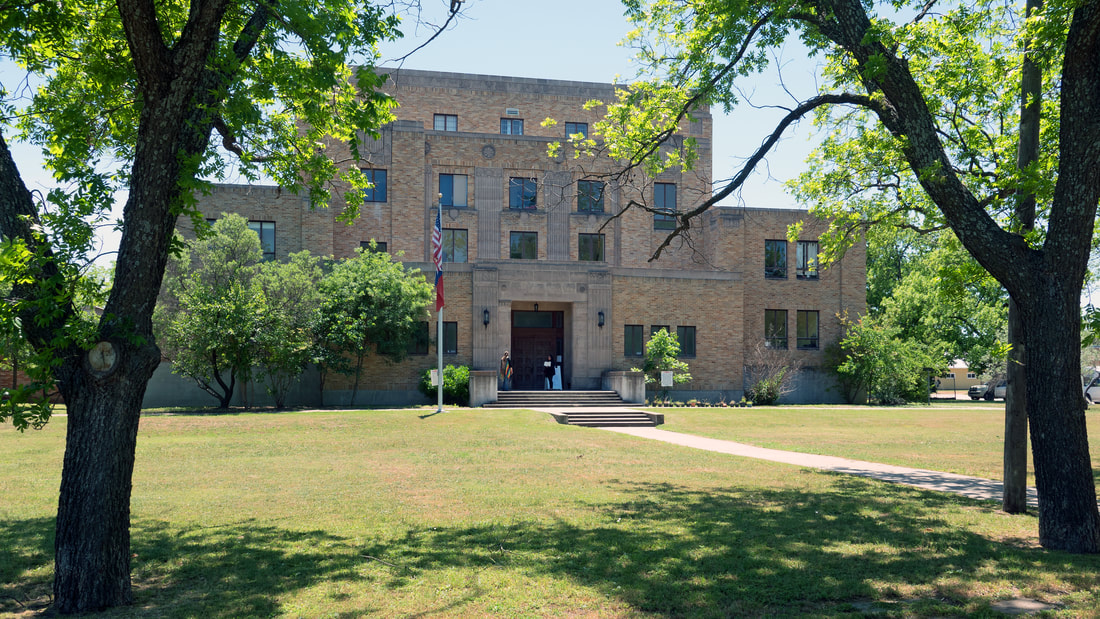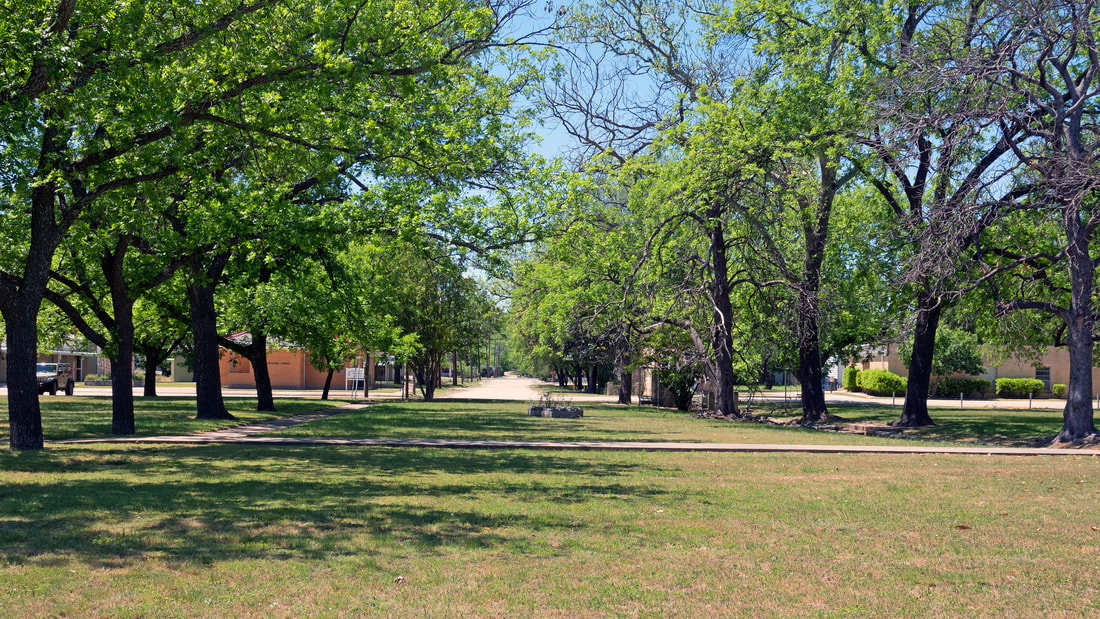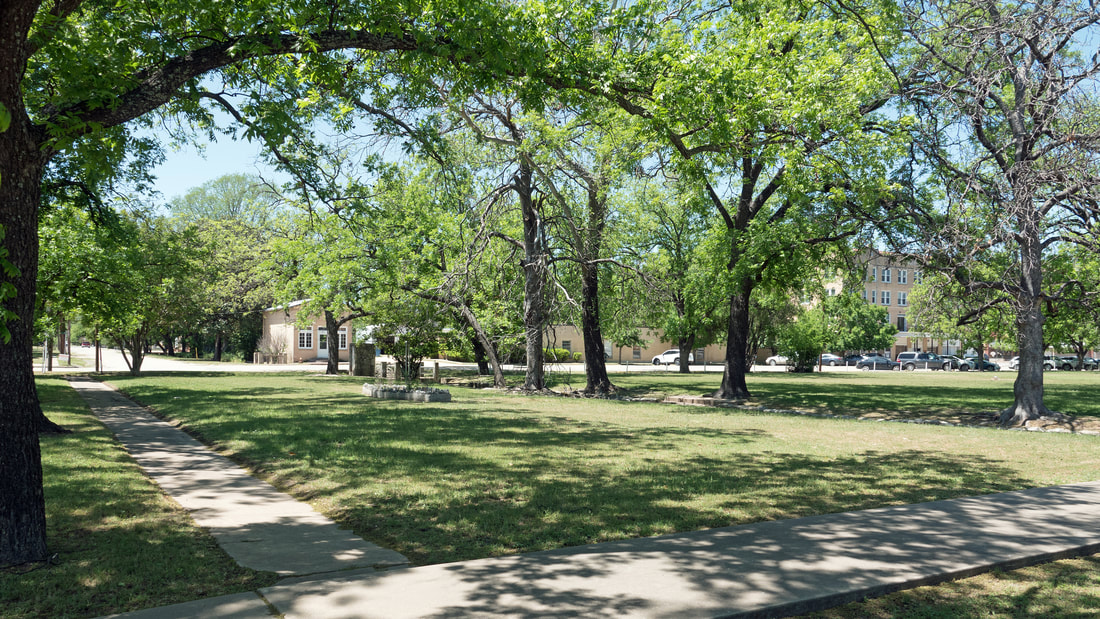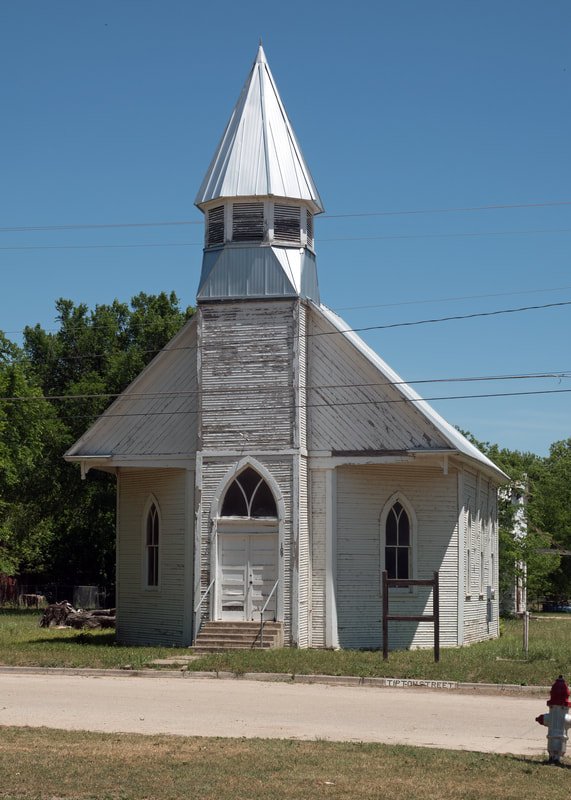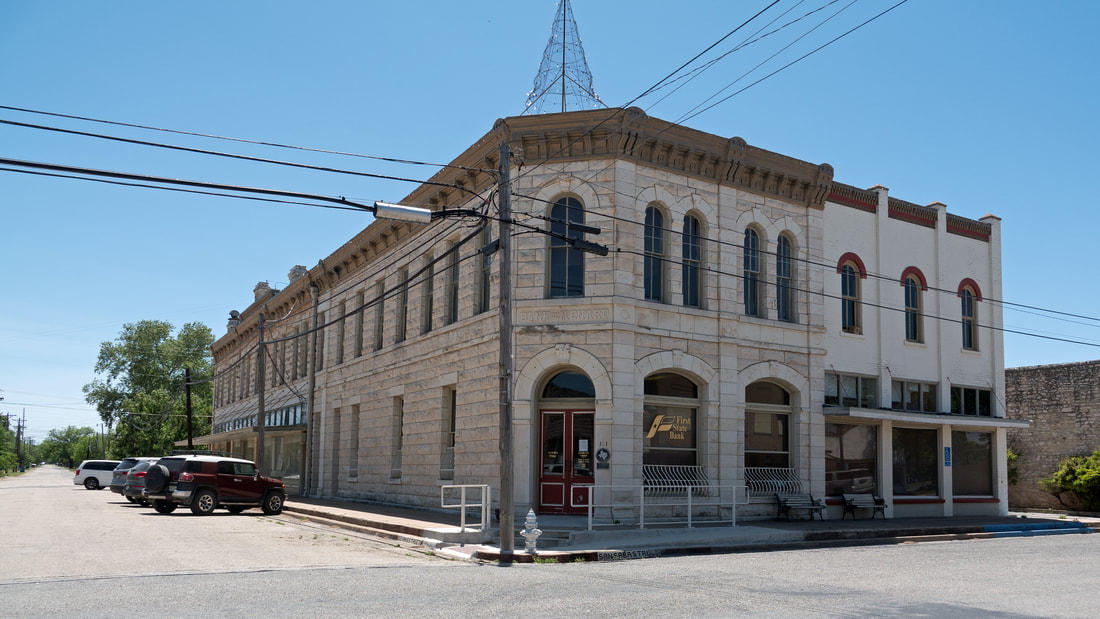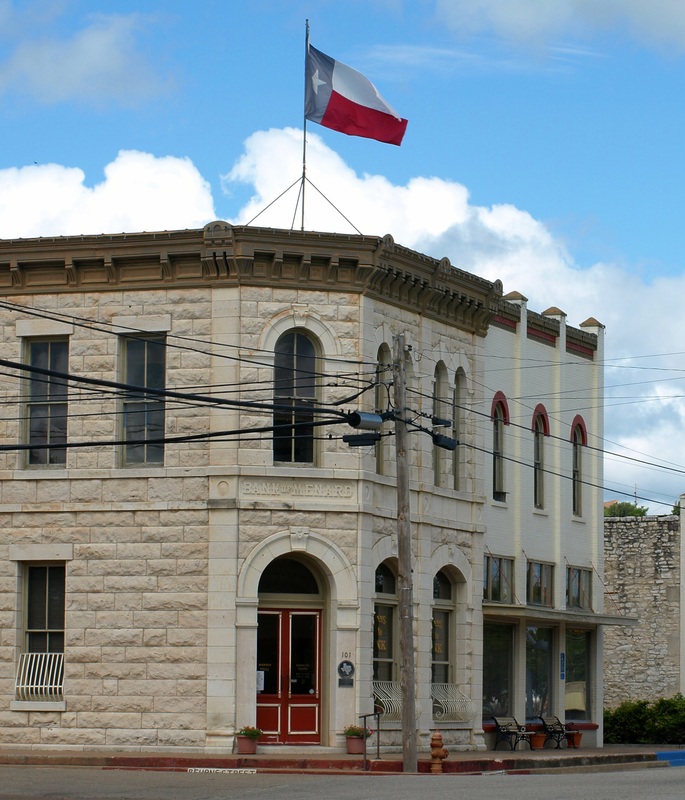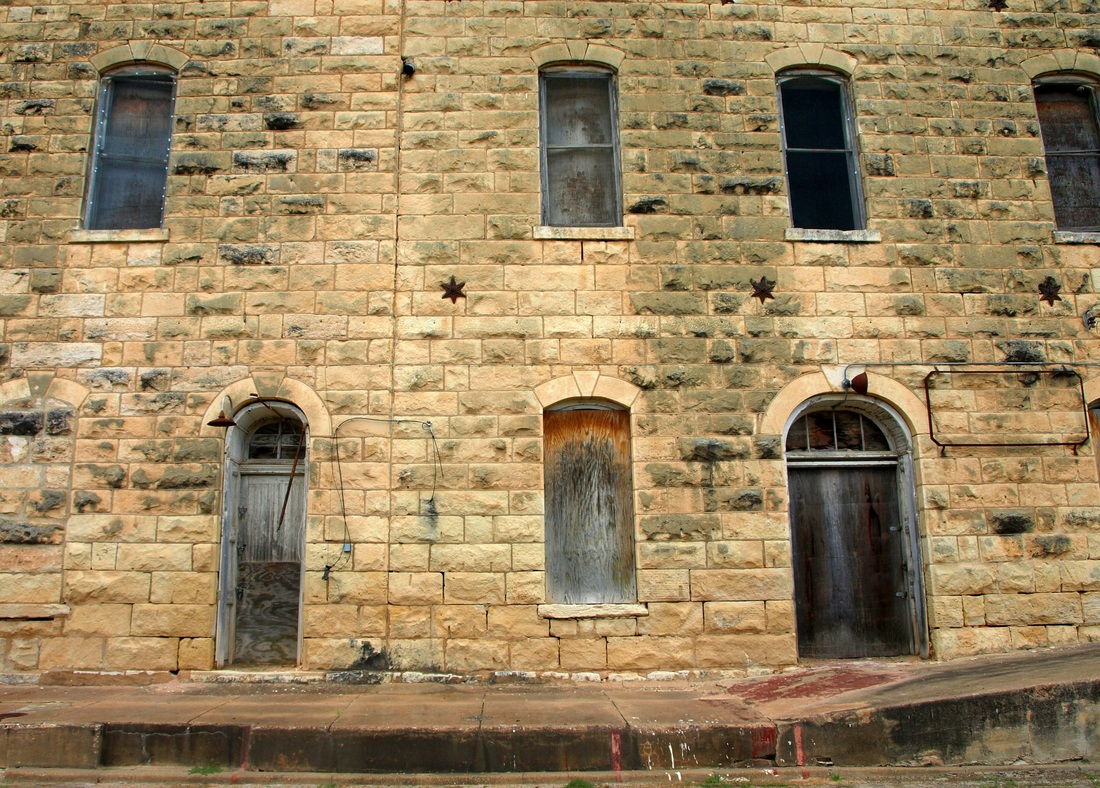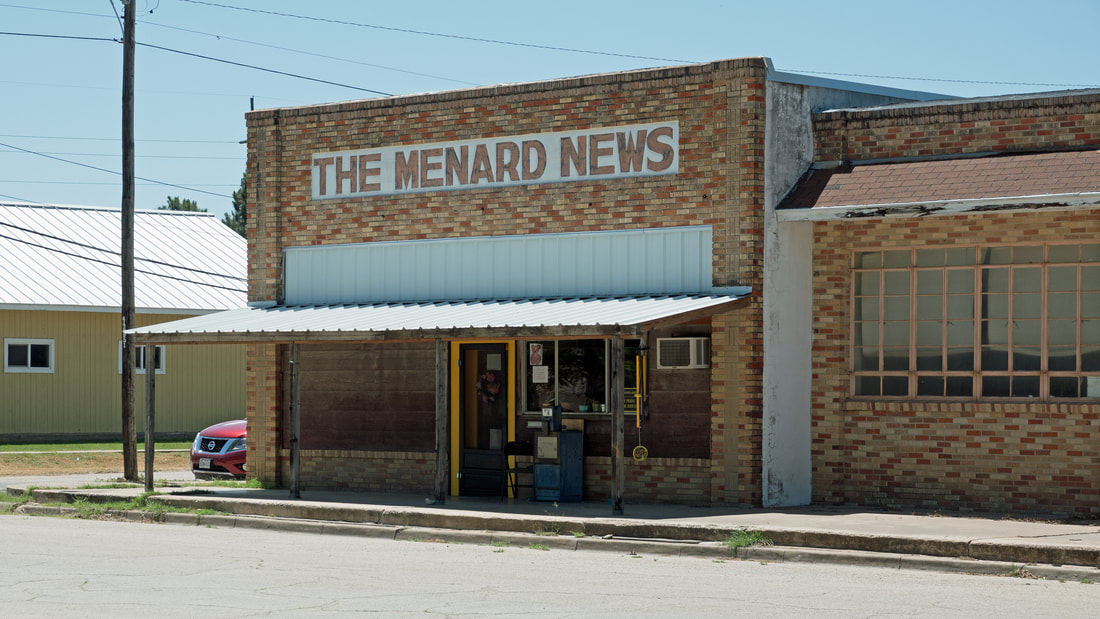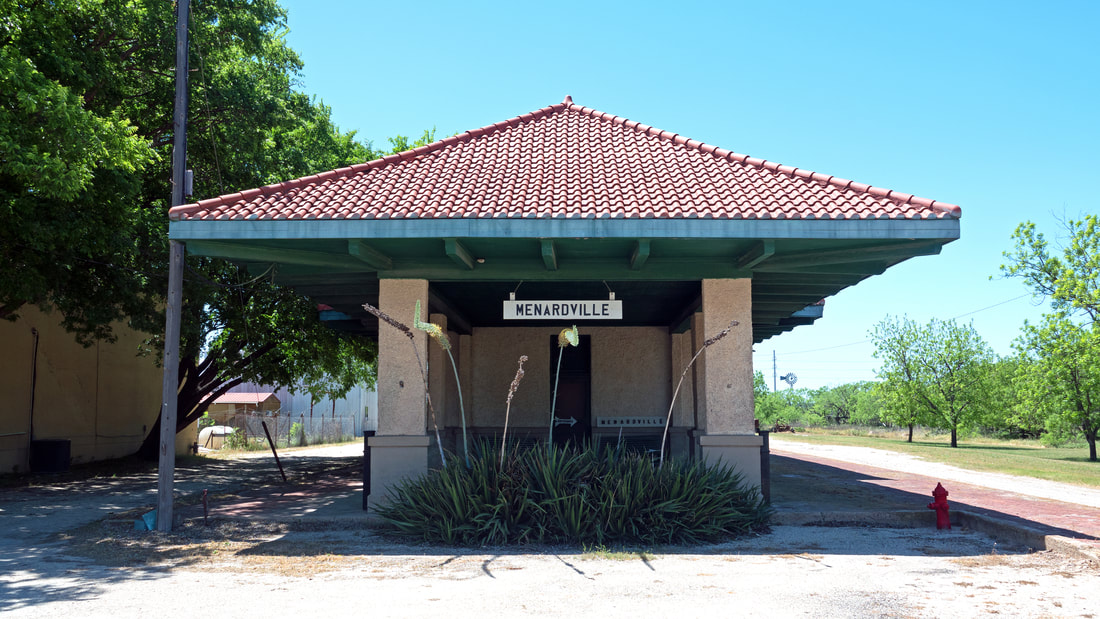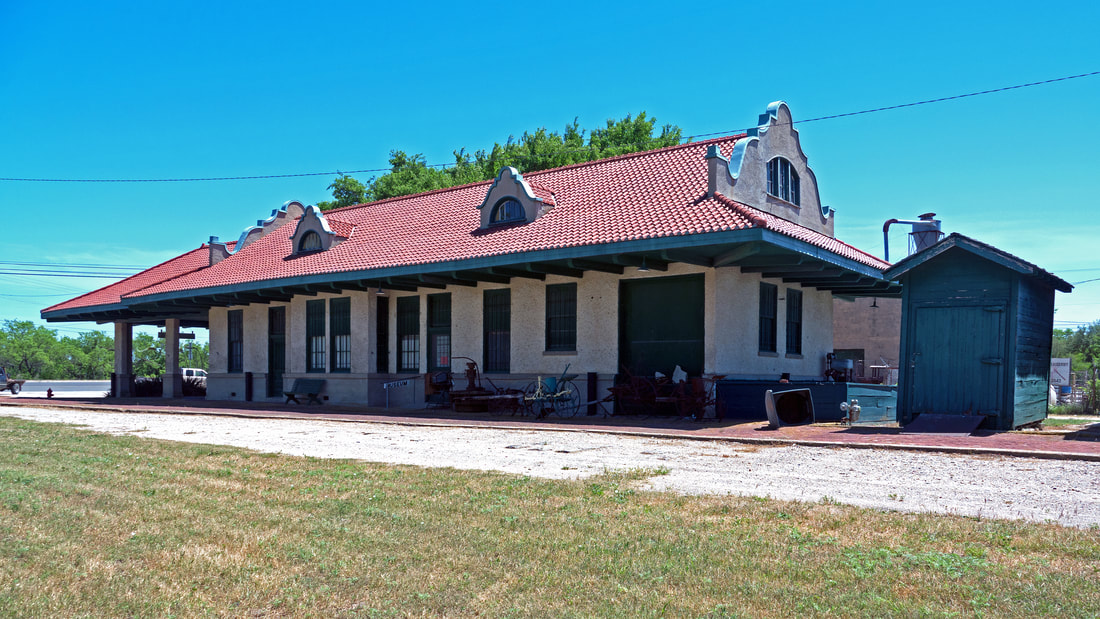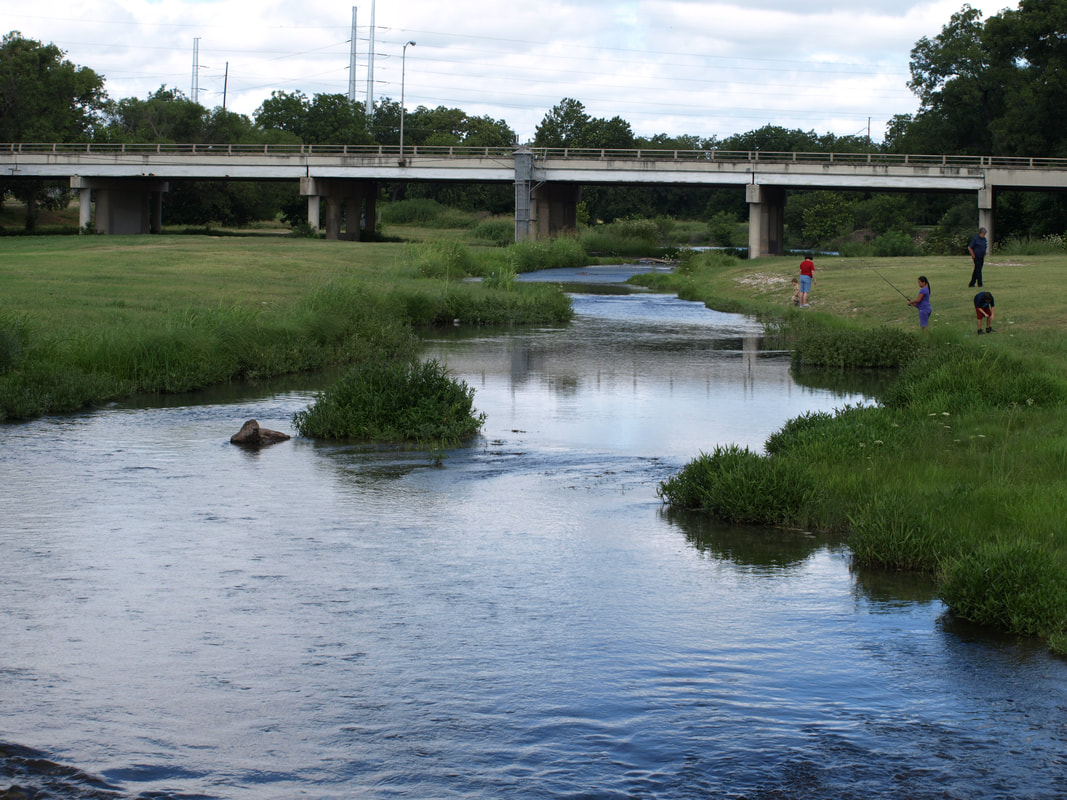072 of 254: Menard County Courthouse, Menard, Texas. County Population: 2,242
|
"The Menard area was part of the Fisher-Miller Land Grant, made by the Republic of Texas in 1842, but few if any of the German immigrants who settled within the limits of the grant came so far west. Little settlement occurred until several years after the annexation of Texas to the United States.
"Menard County was formed from Bexar County by the state legislature in 1858 and named for Michel Branamour Menard, the founder of Galveston. Menardville and Camp San Saba attracted settlers who came west, but with the withdrawal of troops from Camp San Saba in 1859, the threat of Indians attacks delayed new settlement and caused many established residents to leave. The remaining residents attempted to organize the county government in 1866, but when the attempt failed the legislature placed Menard County under the jurisdiction of Mason County. "Menard County residents finally elected their own officials in 1871." Vivian Elizabeth Smyrl, "MENARD COUNTY," Handbook of Texas Online Menard, the county seat, was originally named Menardville when the site was laid out in 1858 after the legislature approved the establishment of Menard County. The town is located on the banks of the San Saba River. I visited Menard County and photographed the courthouse in Menard on Wednesday, July 28, 2010 and April 29, 2020.
|
Menard County Courthouse 1931
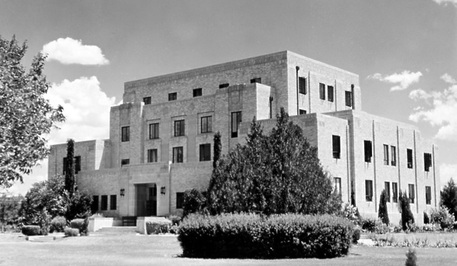
Photograph, circa 1939, courtesy TXDOT.
"The 1931 Menard County Courthouse sits at the south end of a long, narrow square in Menard .... The building's 1-story front entry section steps back to meet a 4-story central mass, flanked on each side by 2-story wings resting on a raised basement. The clay tile walls are sheathed in multiple shades of brick, arranged randomly, and decorated with cast stone detailing. Although the building's plan and organization are relatively traditional, its stepped massing and simple, stylized detailing identify it with the modernistic mode of design commonly referred to as Art Deco.
"Designed by successful Fort Worth architect E.G. Withers, with his partner Jesse Thompson, the courthouse followed contemporary trends in courthouse design, ...."
From the National Register narrative
"Designed by successful Fort Worth architect E.G. Withers, with his partner Jesse Thompson, the courthouse followed contemporary trends in courthouse design, ...."
From the National Register narrative
